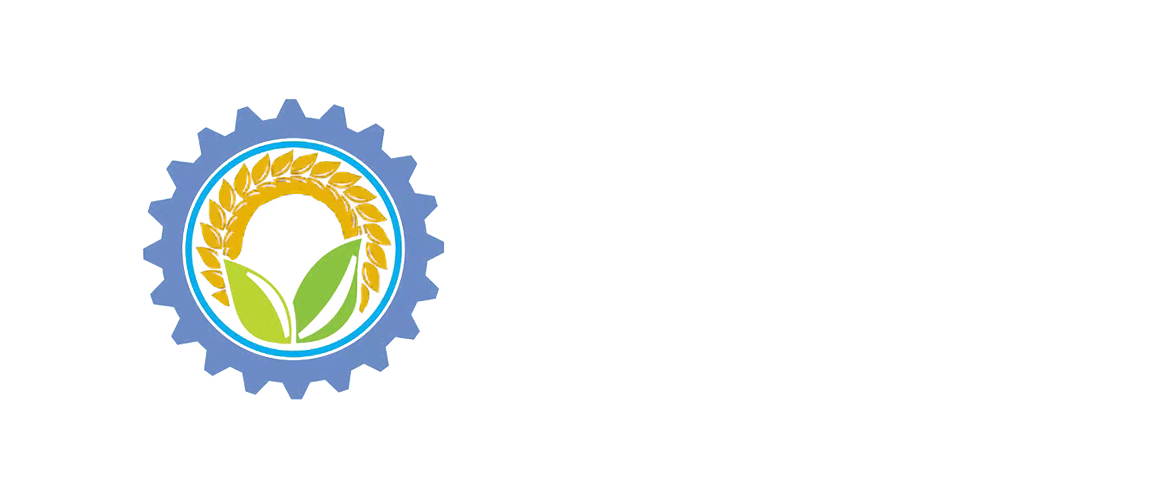
A corn combine harvester is an advanced agricultural machine designed to efficiently harvest corn by integrating several functions into a single process. Here’s how it works:
- Cutting and Gathering: The harvester first cuts the corn stalks at the base and gathers the ears of corn. The machine uses a specialized header that guides the stalks into the harvester.
- Threshing: Once the corn is inside the harvester, the ears are separated from the stalks and husks. This is done through a process called threshing, where the corn ears are rubbed or beaten to detach the kernels from the cob.
- Cleaning: After threshing, the corn is cleaned to remove any remaining husks, stalk pieces, or other debris. This ensures that only clean kernels are collected.
- Storing: The cleaned corn kernels are then stored in a grain tank on the harvester. This tank can hold a significant amount of grain before it needs to be emptied.
- Residue Management: The remaining plant material, such as stalks and leaves, is chopped up and spread evenly across the field. This residue management process helps to improve soil health by returning organic matter to the soil.
Benefits of Using a Corn Combine Harvester
Using a corn combine harvester offers several advantages that enhance the efficiency and effectiveness of corn harvesting:
- Increased Efficiency: Corn combine harvesters streamline the entire harvesting process, allowing farmers to cover large areas quickly and reduce the amount of manual labor required.
- Larger Harvesting Capacity: These machines are capable of harvesting large quantities of corn in a single pass, significantly increasing productivity and minimizing downtime for unloading.
- Efficient Grain Cleaning: Most modern combine harvesters include advanced cleaning systems that effectively remove impurities and debris from the harvested corn, ensuring high-quality grain.
- Improved Residue Management: The built-in residue management systems chop and distribute the leftover stalks and leaves evenly over the field. This not only protects the soil but also eliminates the need for separate residue management operations.
- Time and Labor Savings: By automating the harvesting process, corn combine harvesters reduce the need for manual labor, allowing farmers to focus on other essential tasks during the busy harvest season.
Parts of a Corn Combine Harvester
A corn combine harvester consists of several key components that work together to efficiently harvest corn:
- Header: Cuts and gathers the corn stalks.
- Threshing Mechanism: Separates the kernels from the cob.
- Cleaning System: Removes debris from the kernels.
- Grain Tank: Stores the cleaned grain until it can be unloaded.
- Residue Management System: Chops and spreads plant residue across the field.
- Engine and Transmission: Powers the machine and controls its movement.
Example Specifications: Hans HS-4YDZ-1 Corn Combine Harvester
- Model: HS-4YDZ-1
- Power: ≥6.3 KW
- Dimensions: 20708501400 mm
- Working Width: 500-700 mm
- Ground Clearance: 70 mm
- Operation Speed: 2 KM/H
- Productivity: 0.06-0.12 H㎡/H
- Oil Consumption: 5.7 kg/h㎡
- Stripping Roller: Horizontal roller type, Long: 420 mm, Short: 400 mm
- Wheelbase: Driving Wheel: 680-740 mm, Guide Wheel: 580-680 mm
- Tire Size: Guide Wheel: 4.10/3.5-4, Driving Wheel: 4.00-8
- Warranty: 1 year
- Core Components: Gear, Gearbox, Engine
- Applicable Industries: Farms
- Service Location: India, Nigeria
This model exemplifies the technical specifications of a modern corn combine harvester, designed to maximize efficiency and performance in the field.
